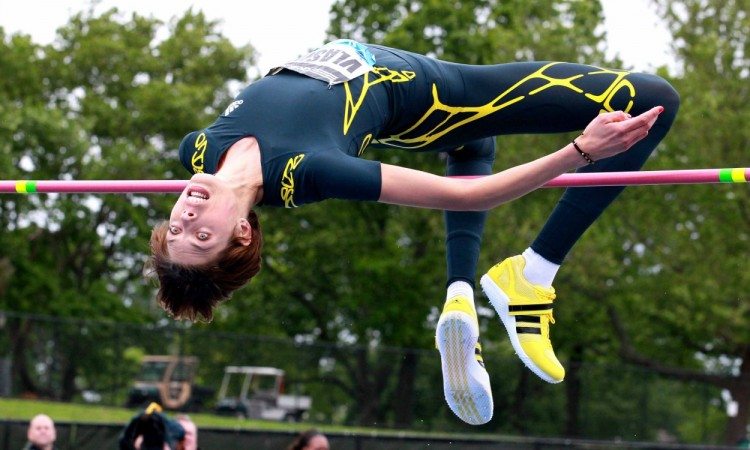Two-time world champion and double Olympic medallist Blanka Vlašic explains the intricacies of an athletics event which requires speed, power, timing and great judgement
There are many different types of high jumper. Compare Bohdan Bondarenko (1.98m tall) and Stefan Holm (1.81m). You have Kajsa Bergqvist (1.75m) and you have me (1.93m). Contrary to many people’s opinion, it doesn’t follow that if you are tall, you will be a good high jumper. You could equally argue that being tall makes it more difficult.
High jump is a technical, explosive event and one thing you definitely need is to be well co-ordinated. Smaller high jumpers tend to need a faster approach, while the taller high jumpers don’t need to be so fast because they have height. You might say some athletes are speed jumpers and others are power jumpers. Different body types have a different rhythm in approaching the bar.
Technique
The basic high jump technique is the same for everyone. There are some differences in style, but overall everyone is using the same “Fosbury Flop”.
You have to obey certain basic rules. Take-off is from one leg – not two – and depending on whether you are right or left-handed, you approach the bar from the right or the left.
The power to jump is based on centrifugal force because you are running a bend. You are not running straight at the bar, you are leaning into the bend and using that centrifugal force during take-off.
It is important when running the bend to keep your hips high. It is like taking a stick and throwing it on to the ground to make it bounce. It will not bounce if it is broken, it has to be straight. You have to approach the bar with your shoulders, your hips, your knees and your ankles aligned and straight.
Just before the take-off, athletes are trying to be a little bit away from the bar and that is the point at which you use that horizontal, centrifugal force and convert it into vertical force.
It is all about using your speed and your power in the right way so that on the approach you have maximum efficiency and everything you’ve had on the approach can be transformed into a vertical jump.
It is important to learn the technique early in your career as changing your technique later on is very hard. You need to practice, practice, practice in order to make your technique as automatic as possible because, during the competition, you don’t want to have to think about detail.
Blanka Vlasic (Vic Sailer)
I would do 30 jumps…
CLICK HERE to Read the Full Original Article at AW…

